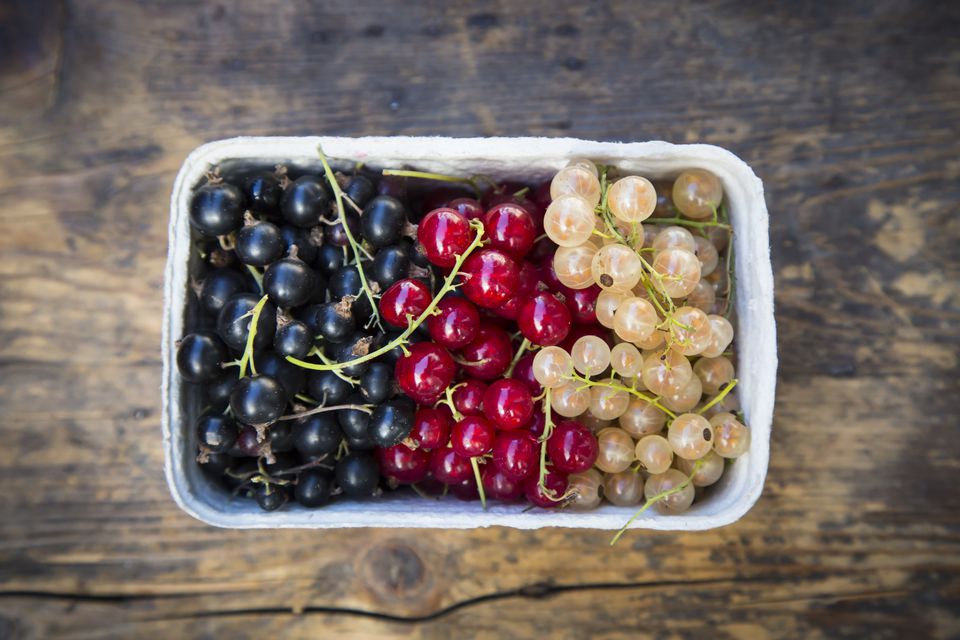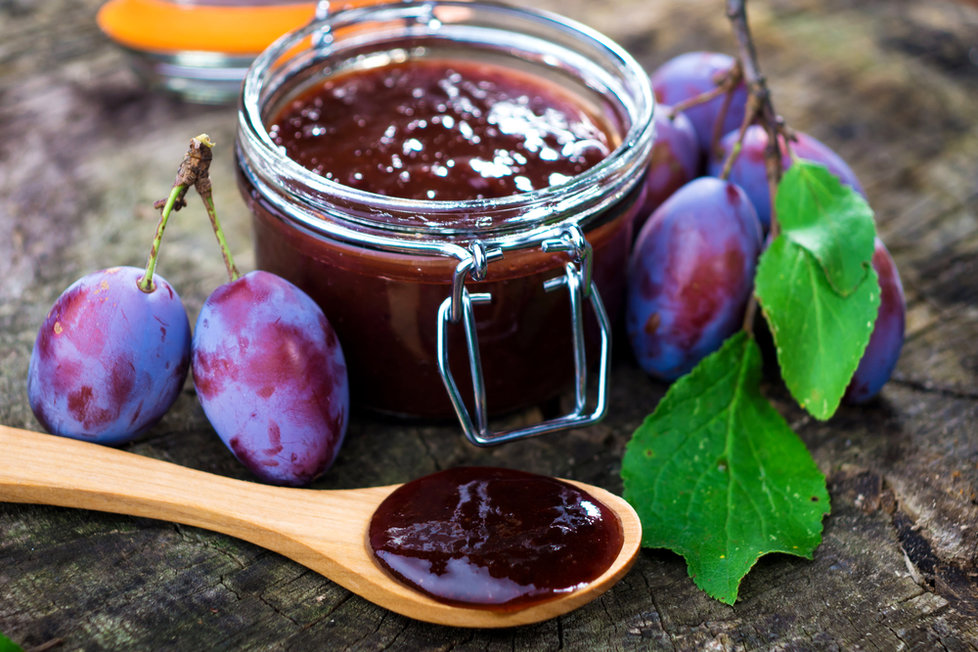Currant Thinking in Brno – Černý, Červený and Bílý Rybíz

I love the chance to try a food that I’ve heard about but never seen before, don’t you?
Currants are not widely available in the US, and if you find them they are likely dried, like small raisins. In fact, I’ve never seen fresh currants until coming to Brno. Considering that they are grown throughout Europe I wondered why this nutritious food is not widely available in the US? I learned that black currants were banned in the US in the early 1900’s because they were found to spread a fungus that killed pine trees. Now you can find them in some areas, but only when they are properly managed.

Currants or rybíz are small, shiny berries grown on bushes and can be enjoyed a number of ways including in a fresh fruit salad, as jam or jelly, as a syrup to sweeten drinks and in baked goods like cakes and tarts. Locally grown varieties include black (černý rybíz), ruby red (červený rybíz) and creamy white (bílý rybíz). Although you may notice some taste differences between them, all have a tart and tangy flavor. If the fresh berries are too sour for your taste, you may want to try mixing them with other fruit or choosing items that are made with currants as the other ingredients may enhance the flavor.
Currants are very nutritious. They provide a healthy dose of vitamin C, and supply calcium, potassium, and iron as well. In addition, like other berries, you eat the whole fruit and thus get phytonutrients and fiber contained in the skin and flesh. Black currants provide slightly more nutrients than the other varieties. I was surprised to learn that black currants contain more vitamin C than oranges, and the UK encouraged cultivation and consumption when oranges were scarce during WWII.
 Locally grown rybíz are available in the Czech Republic during the summer months, and are found at markets and grocery stores, usually near other berries. They are often sold on the stem and the berries can be removed easily. Simply hold the stem at one end and sweep a fork in a downward motion making sure that the stalk runs between the fork’s tines. This will cause all the berries to pop off. Don’t worry too much about the brown tip on some of the fruit, it doesn’t affect flavor and is time-consuming to remove. After washing eat or use the whole berry, but I suggest washing just before eating as water causes the fruit to break down and it will become soggy if it sits too long.
Locally grown rybíz are available in the Czech Republic during the summer months, and are found at markets and grocery stores, usually near other berries. They are often sold on the stem and the berries can be removed easily. Simply hold the stem at one end and sweep a fork in a downward motion making sure that the stalk runs between the fork’s tines. This will cause all the berries to pop off. Don’t worry too much about the brown tip on some of the fruit, it doesn’t affect flavor and is time-consuming to remove. After washing eat or use the whole berry, but I suggest washing just before eating as water causes the fruit to break down and it will become soggy if it sits too long.
Rybíz can be enjoyed in many ways throughout the day starting with breakfast. I mix currants with berries or other fruit on my breakfast cereal, and my husband likes červený rybíz jam on his toast. They are an excellent complement to meats, sauces, salads, drinks and desserts. Try all three varieties to see if you have a favorite or try substituting currants for berries in some recipes. Here are a few ideas for using black , red and white currants.
Please let me know your currant thoughts about this tasty fruit!
* * *
Victoria Hawk is an American Registered Dietitian Nutritionist with more than 15 years of clinical and research experience. She is living in Brno with her husband Jon, who is working here on an expat assignment. Victoria enjoys learning about local foods and plans to share her experience through this blog series.
